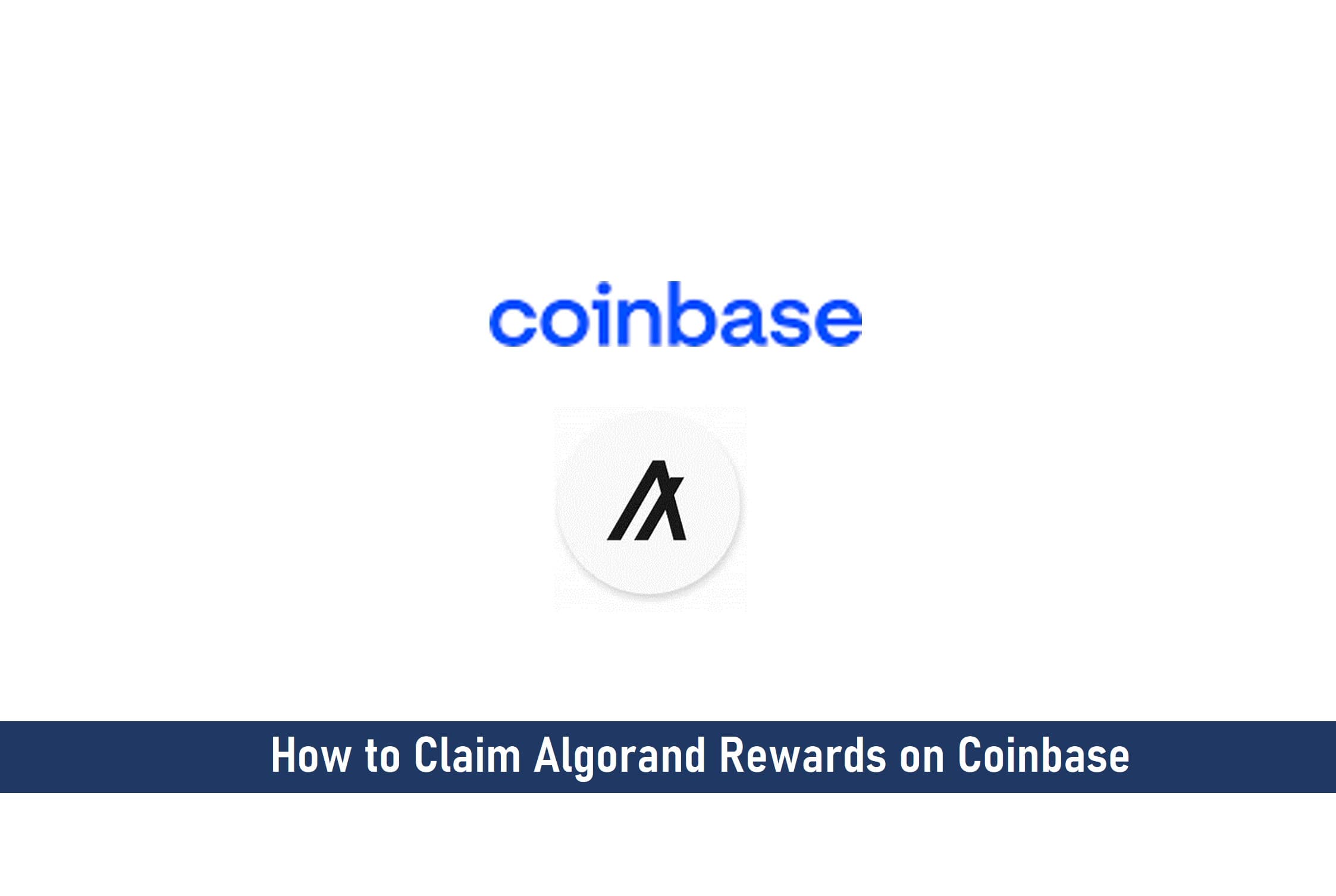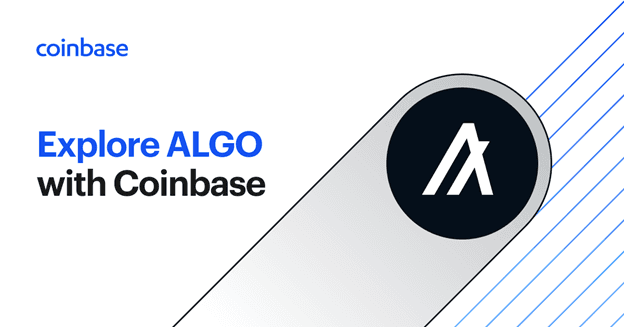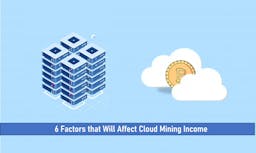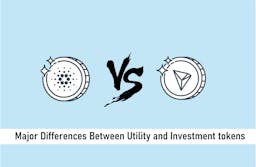
The Algorand Foundation announced a staking rewards program back in August 2019 that rewarded its community with 200 million ALGOS, giving them access to amazing options, and giving prizes to those who believed in and understood their vision.
This move spurred the success of the Algorand network and its technology going forward.
The staking reward program provided its registered members with 200 million ALGOS, giving them the means to up their level in ALGOS by having the token in their possession.
The rewards were distributed over four 6-month periods, for a total of two years, to qualifying participants who committed by registering (via a zero value transaction) by block number 1618450, which was expected on August 31st, 2019.
Only the initial 200 million ALGOS that were assigned to each approved wallet were qualified.
Key Takeaways
• By participating in the ALGO Staking Program, members had the privilege of accruing a return of more than 100%. Some members decided to willingly eliminate themselves by dropping out of the program, taking up the rate of return in turn.
• The entire reward pool was fixed, and 50 million ALGOS were distributed to the remaining qualifying members on a stake-weighted basis at the end of each 6 months, according to a published schedule.
• Algorand selects validators through a process known as sortition, with a preference for validators who have the most tokens, referred to as stake.
SEE ALSO: How Algorand ALGO is Powering Modern Payments
SEE ALSO: What Cryptos Can Be Staked On Coinbase
SEE ALSO: How To Transfer Crypto from Coinbase to Trezor Wallet

“The Algorand Foundation carried out a set of activities that demonstrated their vision for the future and rewarded all members for their loyalty and devotion to the workings of the protocol.”
The ALGOS that would have been received by the eliminated members were sent back to the reward pool and distributed to the remaining qualified members.
Coinbase is a cryptocurrency exchange where you can purchase popular cryptocurrencies such as Bitcoin, Ethereum, and Litecoin.
Coinbase does not support every coin, but it does support over 90 different types of cryptocurrencies.
Meanwhile, thousands of different cryptocurrencies are available all over the world. Nonetheless, Coinbase allows you to trade the most popular types of cryptocurrency, so it is suitable for the majority of users.
How Reward Mechanism Works at Coinbase
You can earn rewards if you have the least amount of qualified cryptocurrency on Coinbase.
Coinbase receives network rewards on behalf of users and deposits them directly into your wallet.
The amount of cryptocurrency held in the Coinbase wallet is used to calculate rewards. The more you hold, the more will be staked on your behalf by Coinbase, and the more rewards you will have.
The number of blocks produced by Coinbase’s node determines the amount of reward. The more blocks created by a node, the more rewards Coinbase gets and disperses to all stakeholders.
Coinbase takes a fee on all rewards gotten and allocates the remainder among all users based on how much was put into staking by them.
Claiming ALGO Rewards on Coinbase
1. Coinbase began giving members rights to earn rewards by staking ALGO on December 17, 2020.
2. To be qualified for receiving rewards, you must have at least 0.01 ALGO in your Coinbase Wallet.
3. You will automatically opt-in to earn rewards if you are eligible for ALGO rewards.
4. To toggle the ALGO reward icon to opt-in or out, go to – Settings > Financial services > Toggle the ALGO reward icon to opt-in or out.
5. Once you are eligible for ALGO rewards, the first reward will be credited to your account within 1 day.
6. You will receive rewards daily until you reach the minimum balance requirement.
Network Rewards
Traditional blockchains centered on Proof of Work (PoW) depend on miners to authenticate transactions and keep them secure in consecutive blocks on the ledger.
The miners go against each other in this manner by solving difficult mathematical problems. In exchange for their efforts, the miner who created the winning block receives a certain number of tokens.
This important economic rule motivates to support the network’s layout. One of the major flaws of Proof of Work networks is the inefficient effort expended in competing for mining blocks, which results in relatively slow performance and massive amounts of energy wasted.
The Algorand blockchain, just like other recent blockchain networks, uses the model of Proof of Stake to address the inherent issues of Proof of Work.
Proof of Stake networks, as opposed to Proof of Work miners; rely on validators to authenticate transactions written to each block on the chain.
Algorand selects validators through a process known as sortition, with a preference for validators who have the most tokens, referred to as stake.
Validators, like miners, are acknowledged for their hard work, but unlike Proof of Work, no funds are exhausted on superfluous, challenging work.
Rewards here come as a percentage yield of return on the amount of stake in the possession of a validator.
As a result, the economic incentives for validators are directly in line with the amount of stake as a motivator for sustaining the network, i.e. the higher your stake, the more likelihood you have in contributing to the network’s health, and the more rewards you accrue.
SEE ALSO: How to Stake Algorand on Ledger Live
Rewards Allocation on Algorand
Algorand is currently using a more liberal rewards scheme to benefit all token holders, regardless of whether their tokens are staked and participating in the consensus protocol.
The design behind this is to inspire network implementation and development by rewarding all owners of tokens fairly.
To help bootstrap a scalable and reliable initial infrastructure backbone, Algorand has issued token grants to early backers for running network nodes to support the network’s operation during this initial period.
As the network grows, it is expected that the reward distribution would shift in favor of active stakeholders and validators.
Frequently Asked Questions (FAQ)
1. How Can I Stake Algorand (Algo)?
Algorand (ALGO) is by design staked and no other actions are needed. You can choose to opt-out if you do not want to stake ALGO.
2. When Do I Start Earning Rewards?
After you have some Algo on your account, you will begin to earn rewards the next day as once a week rewards are distributed.
3. How Much do I Earn by Staking and How are Rewards Distributed?
On an annual basis, you can earn up to 4.59 percent. It is important to note that the size of the rewards is determined by how much you have staked and the level of competition in staking across the entire blockchain.
4. Can I Trade, Stake, or Withdraw my Rewards?
Yes, there is no lock-up time with Algo and you can withdraw and exchange your assets whenever you want. Furthermore, any rewards you receive are instantly added to your initial staking amount.
5. Does Slashing Affect Algo Staking?
No, slashing does not affect Algo staking as there are no slashing penalties when staking Algo.
Final Thoughts
Staking Algo comes with some amazing rewards for Algo users hence one of the reasons behind Coinbase incorporating the coin into their platform.
You can start now by buying ALGO and staking it to get your rewards on Coinbase.
Read More




